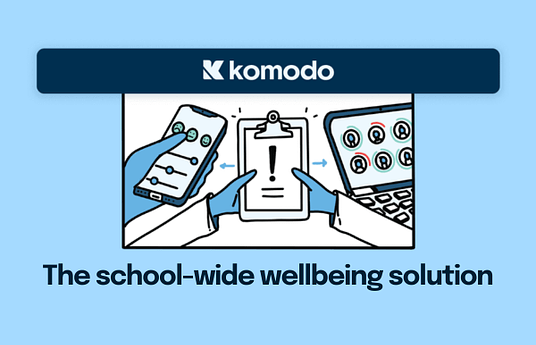Every institution is stronger in some areas than in others. Our belief is that to target solutions, weak points need to be identified first. We created this index in order to know exactly what areas to prioritize in student well-being. We then planned to run it in other schools internationally and have a comparable measure that may be able to identify the specific needs of schools around the world
We distributed a survey made up of 39 questions split into 9 sections to gather conclusive evidence. As a result, we generated 172 responses from all across our high school. All the answers from the survey were mostly answers ranging from five choices(eg. Strongly Disagree, Disagree, Neutral, Agree, Strongly Agree).Then, each of these answers were switched with a value according to their relevance.We also managed to come up with an average for each question. For each category we have calculated an average from all the values from each question. For instance, academic wellbeing had a score of 3.33112 out of 5. The same was done for the remaining categories.Using this data and additional weights put in place to reflect each categories’ importance backed up by literary review, we have calculated a Final Index Value using the same method used when calculating the HDI.In conclusion, our Final Index Value for CSB is: 0.579336114 out of a maximum value of 1.
Since our project has been initiated this year, it is still in its early stages, but we have gotten in contact with other international schools in Romania and this index will be carried out in them in the short-term future. As we are guided by the national coordinator for the International Economics Olympiad and the IB coordinator of our school, it would thus be available for us to spread our programme internationally.
To adopt our initiative, Miss Alexandra Dache, our head coordinator, needs to be contacted via e-mail. The questionnaire, sample report and index methodology can be sent by e-mail with ease and quickly be run in any educational institutions interested.



